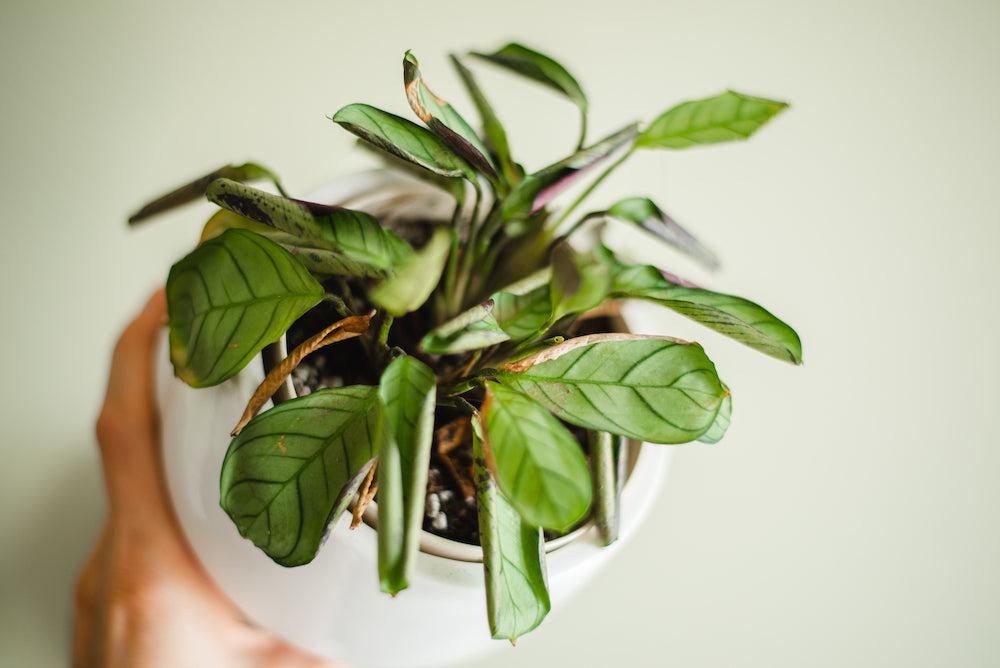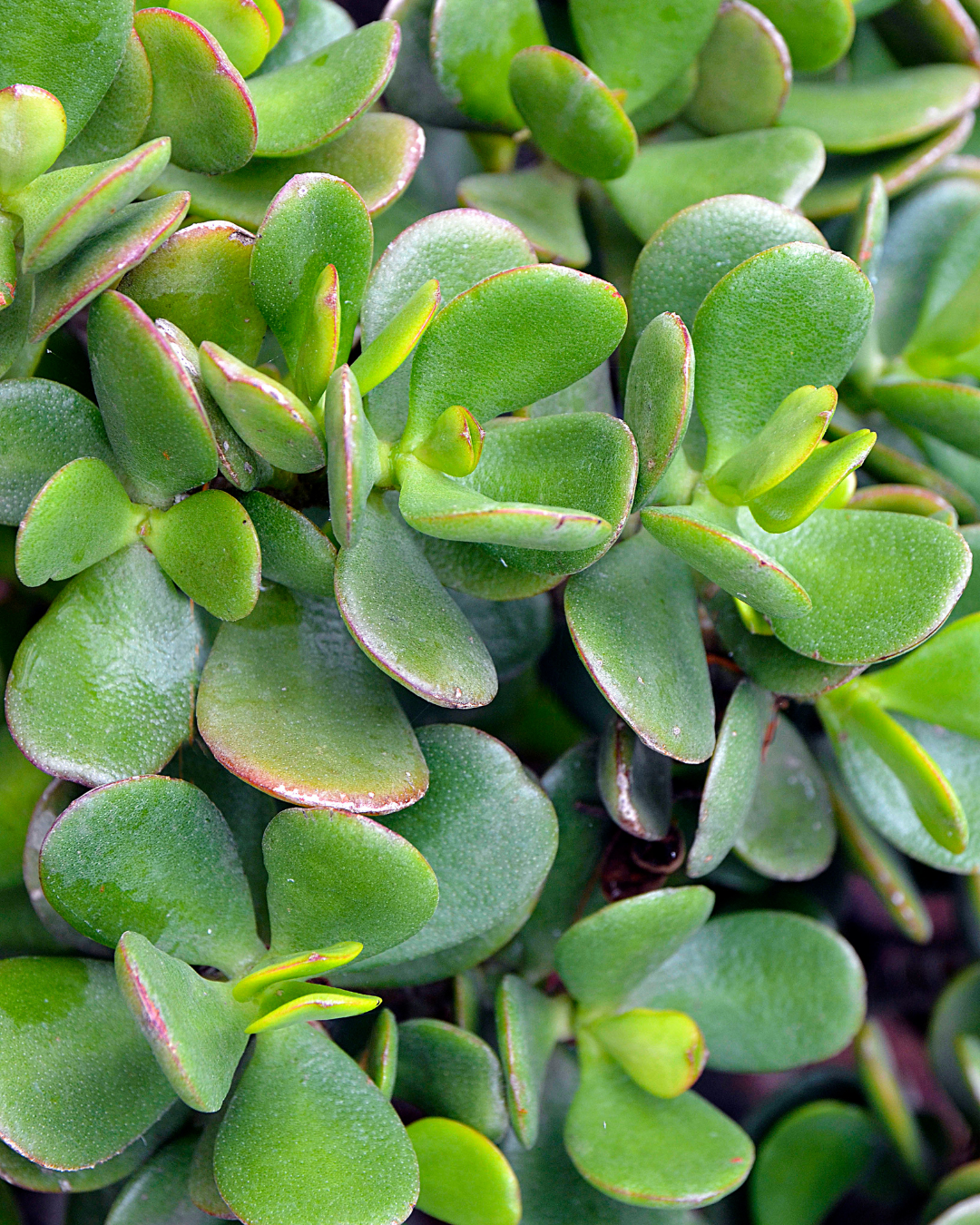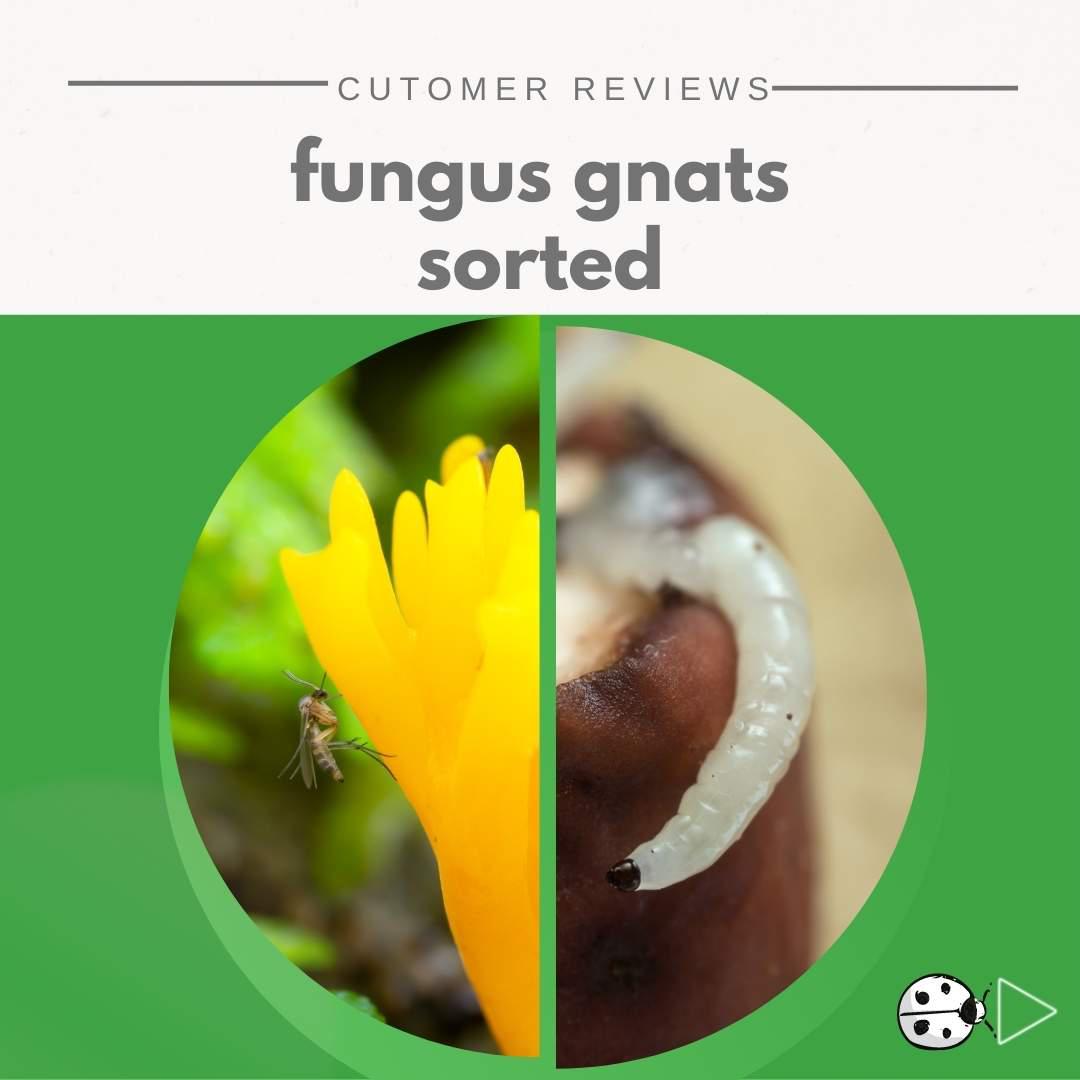Would you adopt a second hand plant?
In recent years, preloved clothing has taken the fashion world by storm, Primark recently suggested it’s dip in sales could be down to Vinted. So with more people embracing second-hand shopping as a sustainable and affordable way to refresh their wardrobes, could they start doing the same with their houseplant collections?
Just like second-hand clothing, rehoming plants can be a great way to reduce waste and bring new life into your home. However, adopting a used plant comes with some unique challenges, particularly when it comes to plant health and pest management. Here’s what you need to know before welcoming a preloved plant into your collection.
But First, Why Preloved Houseplants?
The idea of giving plants a second life aligns perfectly with the principles of sustainability. Instead of throwing out a struggling plant, many people are choosing to rehome them—whether through online marketplaces, plant swaps, street finds or second hand sales. Could your next plant be at your local car boot sale?
There are great benefits:
Cost-Effective: Buying a mature plant second-hand is often cheaper than purchasing a new one.
Sustainability: Reducing demand for mass-produced plants lowers the environmental impact of large-scale plant cultivation.
Sentimental Value: Many plant lovers enjoy reviving and nurturing plants that might otherwise be discarded. Some may even be inherited from a beloved relative.
Unique Finds: Older, well-established plants can be hard to find, making preloved options more appealing. Very much like when seeking out vintage clothing or furniture.
What to Look Out For When Rehoming a Second-Hand Plant
Bringing a second-hand plant into your home requires a little more diligence than picking one up from the high street. Here’s how to ensure your new leafy friend is healthy and pest-free:
1. Check for Pests
One of the biggest risks of adopting a preloved plant is unknowingly introducing pests into your home. There’s lots more information on the following pests by clicking their names below
Spider mites – Tiny webbing on leaves and stems.
Mealybugs – White, cotton-like clumps on leaves.
Aphids – Small green, black, or brown insects clustered on stems.
Fungus gnats – Tiny flying insects near the soil surface.
Scale insects – Small, brown, shell-like bumps on stems and leaves.
Thrips – Patches of the leave may turn silver or yellow with black spots
What to do:
Thoroughly inspect the leaves (both top and bottom), stems, and soil.
Quarantine the plant for at least two weeks before introducing it to your other houseplants.
Wipe leaves with a damp cloth and treat horticultural soap if needed.
2. Assess the Plant’s Health
A preloved plant may have experienced neglect or poor growing conditions. Check for:
Yellowing leaves: Could indicate overwatering or a nutrient deficiency.
Wilting or drooping: May be a sign of underwatering or root rot.
Root health: Gently remove the plant from its pot to inspect the roots—healthy roots should be white and firm, while brown or mushy roots suggest rot. Roots coming out of the bottom of the pot suggests it needs a bigger pot.
What to do:
Trim off dead or yellowing leaves.
Repot if necessary, using fresh, well-draining soil.
Treat any pest problems, help on that here.
Provide the correct lighting and watering conditions to help the plant recover.
3. Consider the Plant’s History
If possible, ask the previous owner about the plant’s care routine and history. Some plants may have been grown in very different conditions than what you can provide, so it’s important to understand their needs.
Questions to ask:
How often was it watered?
Has it ever had pests or diseases?
What type of light was it kept in?
Has it been feed recently and what with?
How to Successfully Transition a Preloved Plant
Once you’ve ensured the plant is in good condition, you’ll want to help it adjust to its new environment. Here are some key steps:
Acclimate Slowly: Avoid exposing the plant to sudden changes in light or temperature but make sure it gets enough light.
Trim and Prune: Remove dead or damaged foliage to encourage new growth.
Repot if Needed: If the soil is old or compacted, repot with fresh soil and a suitable container. A new container should have drainage holes and not be too much bigger than the existing pot.
Monitor for Issues: Keep an eye on your plant for any signs of stress or lingering pest problems.
By carefully inspecting, quarantining, and nurturing your new green friend, you can ensure a smooth transition into your home—and maybe even develop a knack for plant rescue!
Are you ready to embrace the preloved plant trend? Keep an eye out for community plant swaps, online giveaways, or even friends looking to downsize their collections.
Think you might have a houseplant pest problem? Need some help? You can always email plantcare@ladybirdplantcare.co.uk













